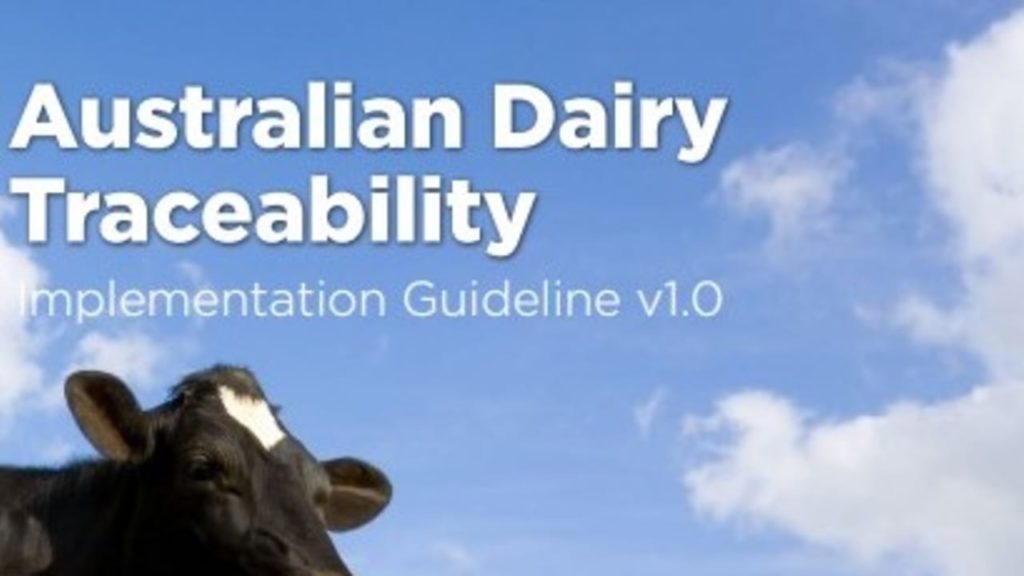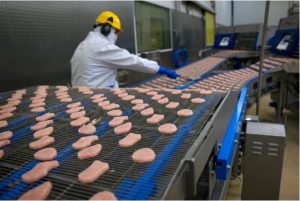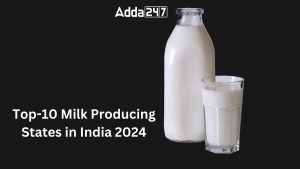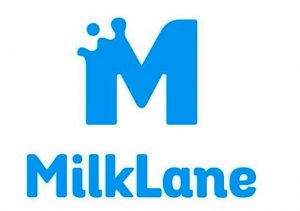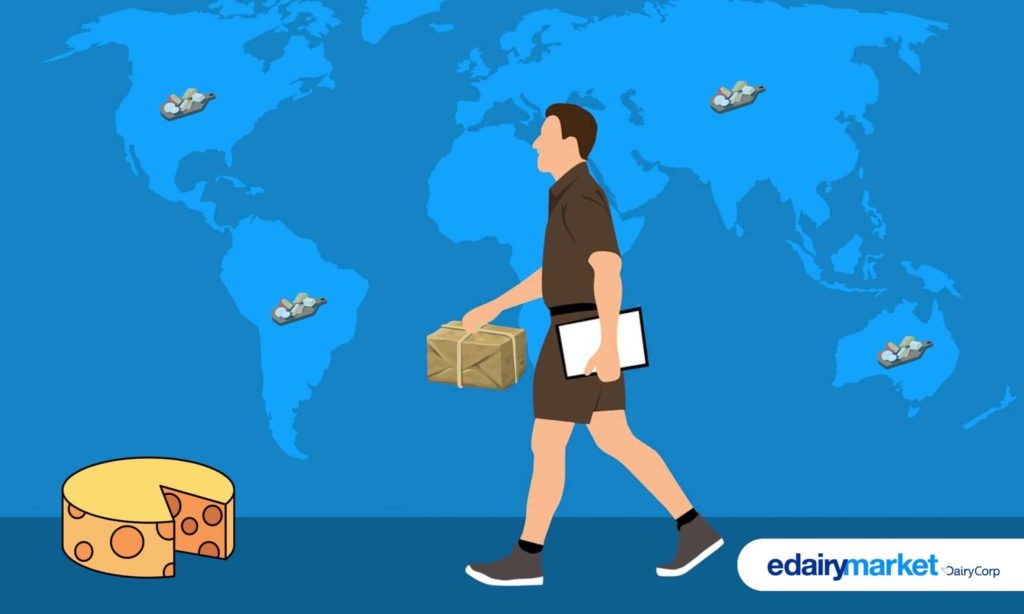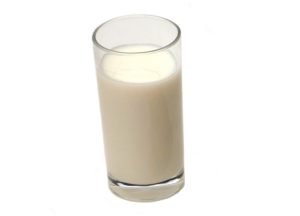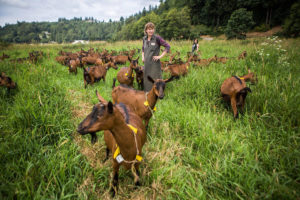At the the eighth meeting of the National GS1 Traceability Advisory Group, Senator Susan McDonald officially released the Australian Dairy Traceability Guideline.
GS1 Australia and Australian Dairy Farmers said they welcomed the announcement.
“Trust is the foundation on which supply chain participants — from farm to shopping basket — rely,” he said.
“Traceability underpins trust. It enables us to provide assurances about what we produce, process and sell.”[
The traceability standards in the guideline provide a common approach for the Australian dairy industry to identify and track product as it moves through the supply chain, capturing and sharing information of relevance to producers, transporters, manufacturers, retailers, exporters and government.
“Openly sharing information also helps industry to protect our clean, green and safe food image and, importantly, reduce our costs to compete more aggressively in local and global markets,” Mr Richardson said.
“Without open, transparent and secure information systems in our value chain, Australia’s dairy farmers, processors and exporters will be competing on world markets with one arm behind their back.”
Mr Richardson said the common language for traceability in the guideline would improve communication across industry.
“It puts everyone on the same page and in doing so it increases efficiency across the value chain.
“It will help everyone in the sector implement traceability and improve safety and market access.”
The traceability guideline has been developed based on specialist technical advice from GS1 Australia, as well as a series of industry supply chain workshops and validation with a global food company.

